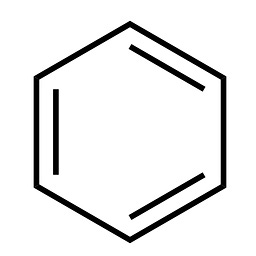
Note: old versions of this post lacked a discussion of S N 2. I've added an appendix which remedies this. In “The Rate-Limiting Span,” I discussed how thinking in terms of the span from ground state to transition state, rather than in terms of elementary steps, can help prevent conceptual errors. Today, I want to illustrate why this is important in the context of a little H/D KIE puzzle.






